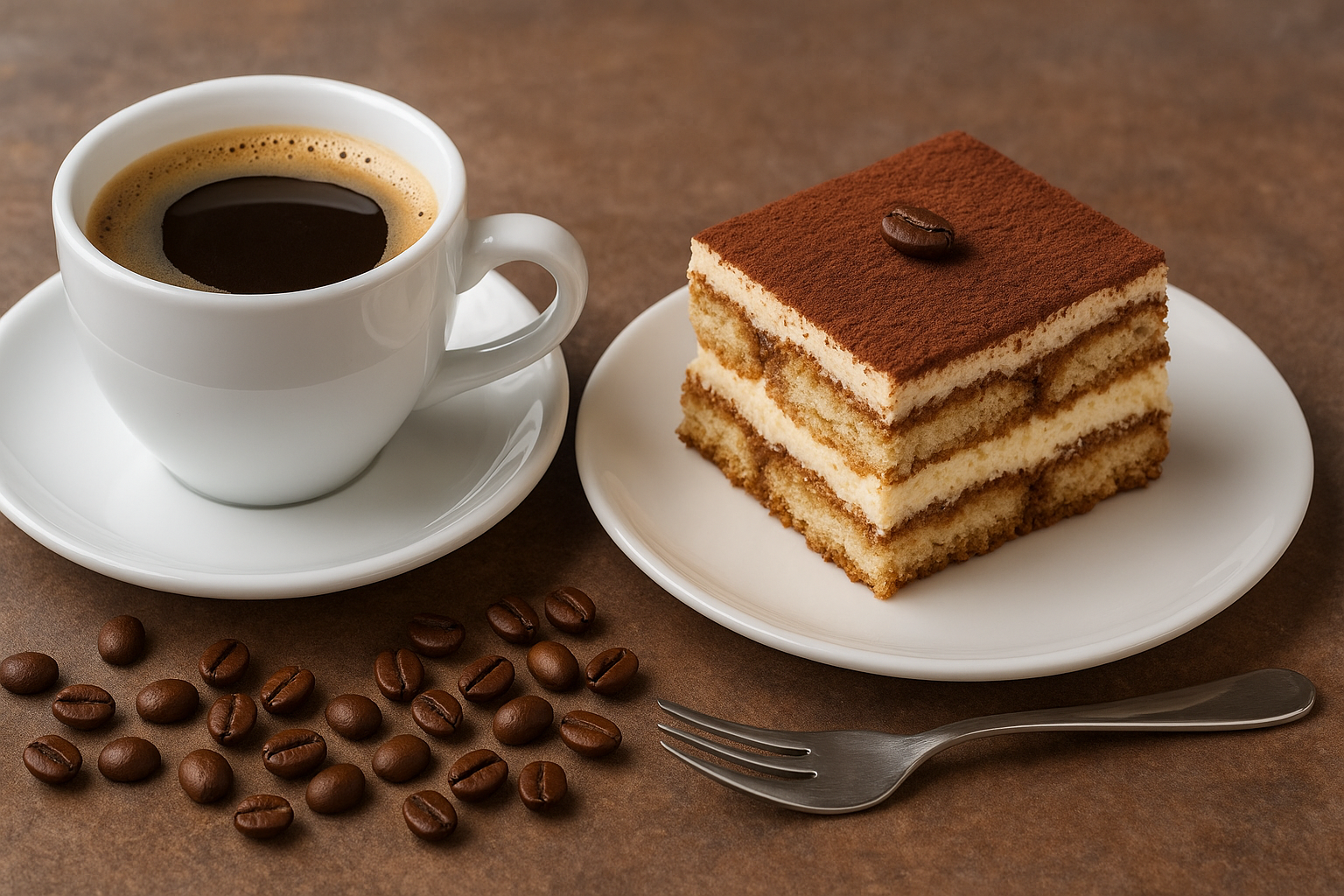Coffee and desserts are a match made in culinary heaven. The deep, complex flavors of coffee can enhance the sweetness of desserts, creating a balanced and memorable tasting experience.
When paired thoughtfully, coffee and dessert can complement each other, creating a harmony of flavors and textures.
Whether you are hosting a dinner party, enjoying an afternoon treat, or simply looking to indulge, understanding how to pair coffee with desserts can elevate your experience.
The key is to consider the flavor profiles, intensity, and texture of both the coffee and the dessert.
Understanding Coffee’s Flavor Profile
Coffee is far from a one-note beverage. Depending on the type of bean, roast level, and brewing method, coffee can have notes of chocolate, fruit, nuts, caramel, spices, or even floral tones.
Lighter roasts tend to have more acidity and brighter flavors, while darker roasts are bolder, with deeper, smoky notes. Medium roasts often strike a balance between the two.
These characteristics influence how coffee interacts with different desserts. Matching the right flavor profile is essential to ensure that neither the coffee nor the dessert overpowers the other.
Matching Intensities
The first rule of pairing coffee with dessert is to match the intensity of flavors. A delicate dessert such as a vanilla panna cotta pairs best with a light or medium roast coffee that will not overshadow its subtle flavors.
On the other hand, a rich, dark chocolate cake can stand up to the boldness of a strong espresso or a French press brew made with dark roast beans. If the dessert is mild and the coffee is too strong, the bitterness can overpower the sweetness, leaving an unbalanced taste.
Similarly, if the dessert is very sweet and the coffee too mild, the coffee may feel underwhelming in comparison.
Complementary vs. Contrasting Pairings
When pairing coffee with desserts, you can take one of two approaches: complementary or contrasting. Complementary pairings involve matching similar flavor notes. For example, a caramel cheesecake works beautifully with a coffee that has caramel or toffee undertones.
Contrasting pairings, on the other hand, focus on balancing flavors. A citrusy lemon tart can be paired with a rich, earthy coffee to balance the tartness with depth and warmth.
Both approaches can work well, and choosing between them depends on the experience you want to create.
Classic Coffee and Dessert Pairings
Some coffee and dessert combinations have stood the test of time because of how perfectly they work together. Espresso and tiramisu is a classic pairing where the coffee in the dessert echoes the coffee in the cup, creating harmony.
A cappuccino with biscotti is another timeless duo, as the slightly bitter coffee complements the sweet, crunchy biscuit. Dark roast coffee with flourless chocolate cake enhances the richness of the chocolate, while a light roast Ethiopian coffee with fruit tart brings out the sweetness of the fruit and the brightness of the coffee.
Exploring Regional Pairings
Many cultures have their own traditions of pairing coffee with desserts. In Italy, espresso is often enjoyed with small pastries like cannoli or sfogliatelle. In France, café au lait pairs beautifully with buttery croissants or pain au chocolat.
In Sweden, the tradition of “fika” involves coffee served alongside cinnamon buns or cardamom pastries.
Exploring these regional pairings can inspire you to try new flavor combinations and appreciate the cultural connection between coffee and dessert.
Considering Sweetness Levels
When pairing coffee with desserts, it’s important to think about sweetness balance. Coffee naturally has bitter notes, so pairing it with an overly sweet dessert can create a pleasing contrast.
However, if both the coffee and the dessert are very intense, the pairing can feel overwhelming. A good rule is to choose a coffee that is slightly less sweet than the dessert.
This ensures that the coffee refreshes the palate between bites rather than competing with the sweetness.
The Role of Milk and Cream
Adding milk or cream to coffee can change the dynamics of a pairing. A latte or flat white has a creamy texture that pairs beautifully with lighter, fruit-based desserts or delicate pastries.
The creaminess can soften the bitterness of the coffee, making it more versatile with sweeter desserts.
On the other hand, black coffee, with its sharper edges, works better with rich, chocolatey, or nut-based desserts where you want a more intense contrast.
Experimenting at Home
Pairing coffee and dessert is as much about personal preference as it is about theory. The best way to find your perfect combination is to experiment.
Try brewing different types of coffee and pairing them with various desserts to see which combinations you enjoy most.
Keep a tasting journal to note which pairings worked well and why. You might discover surprising matches that become your personal favorites.
Coffee as a Dessert Ingredient
One way to ensure harmony between coffee and dessert is to incorporate coffee into the dessert itself.
Mocha mousse, coffee ice cream, or espresso brownies naturally pair well with coffee because they share the same base flavors.
This creates a layered experience where the flavors build on each other rather than compete.
Final Thoughts on Perfect Pairings
Pairing coffee with desserts is both an art and a science. By paying attention to flavor profiles, intensity, sweetness levels, and texture, you can create combinations that enhance both the coffee and the dessert.
Whether you choose complementary or contrasting flavors, the goal is to create balance and enjoyment. Coffee has a remarkable ability to highlight the best qualities of a dessert while offering a refreshing counterpoint to its richness.
With a bit of experimentation and attention to detail, you can transform a simple coffee break into a gourmet experience that delights the senses.
